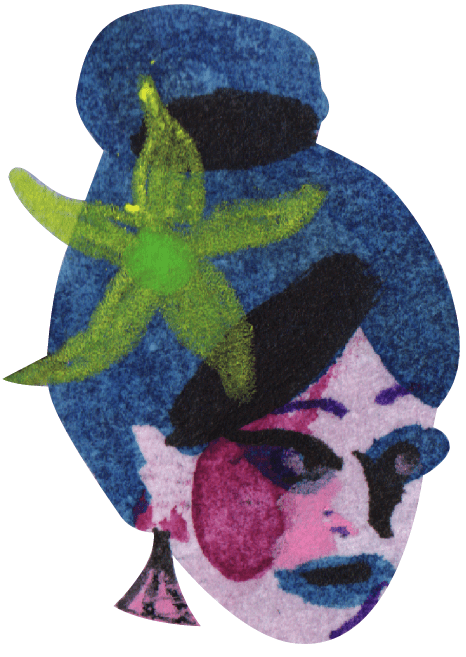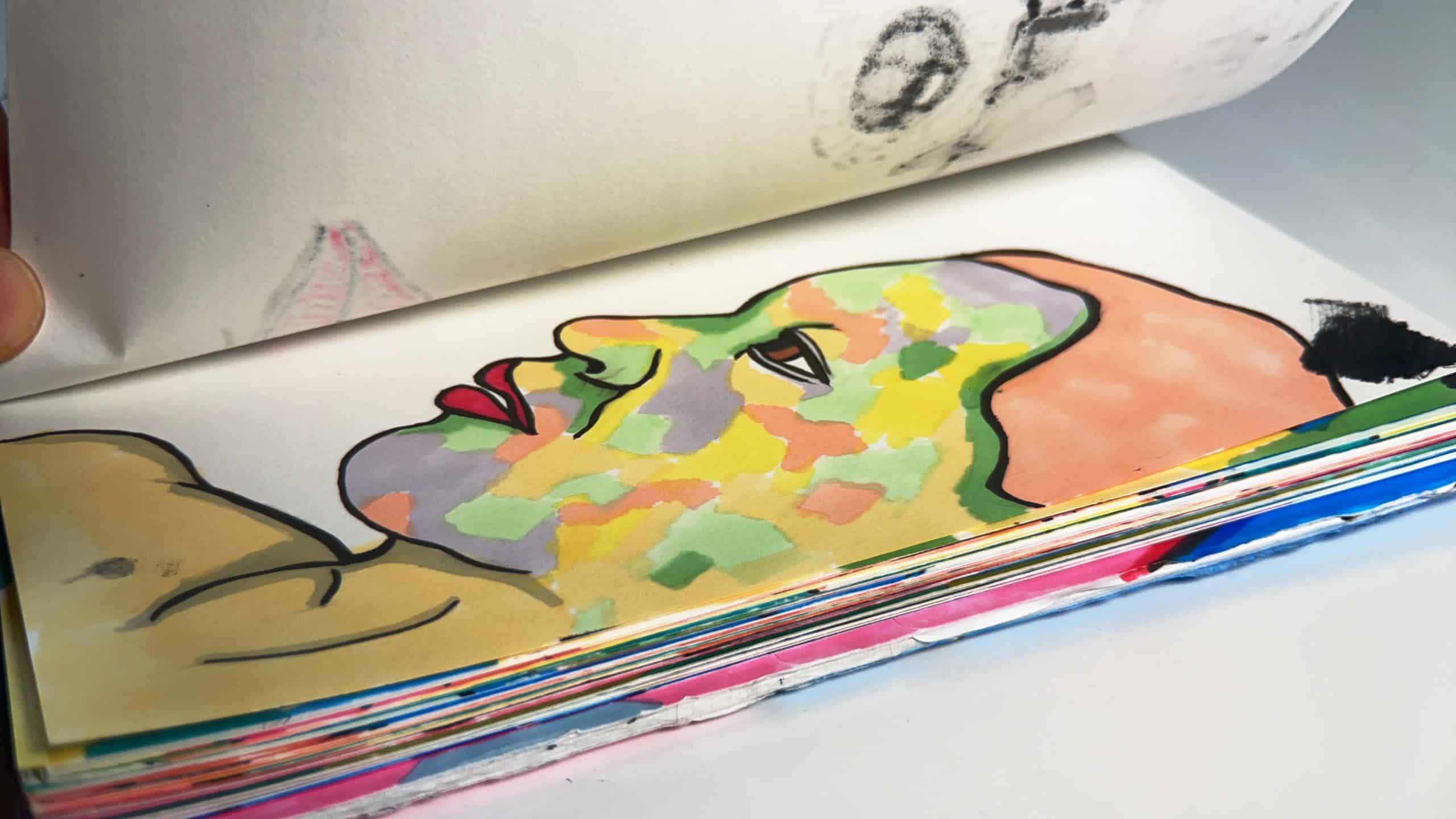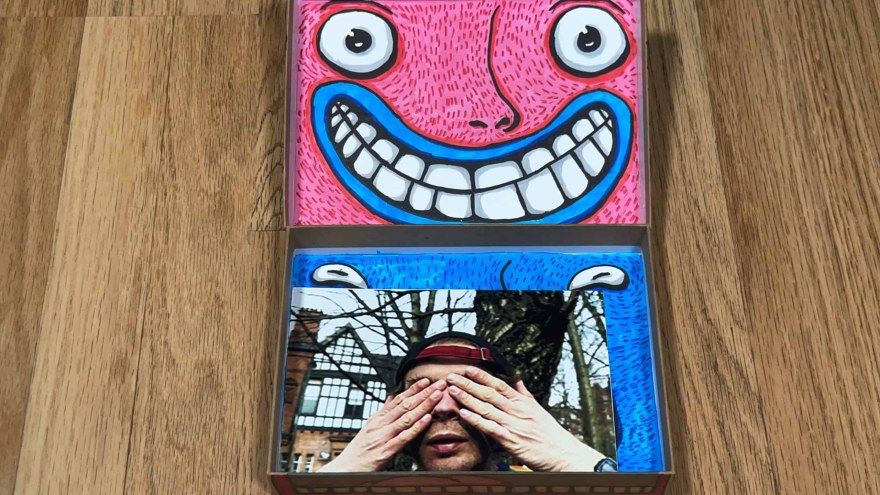Tea time with Prosopagnosia
Interview with Steven Fraser, director of Prosopagnosia

Several years ago, I was going through the diagnosis process for autism. At this time, I was speaking to different doctors and specialists who asked my many questions on how I interact with people. During this time, they realised it was a possibility that I also may have prosopagnosia, which is also known as face blindness. I realised that I struggle to recognise people’s faces and I would use different techniques to understand who different people are. For example, I would look at someone’s hair, clothes or how they walk in order to determine who that person is and I would not look at their face. I would employ these techniques automatically without much thought. It also became apparent that I would find it more difficult to recognise people who I have just met. For example, I am familiar with friends and family, so I would recognise their voice, hair or clothes more easily. If I have met somebody just once or twice, I might not as easily recognise who that person is in the future.

The sketches are real and were done to help me understand how to recognise faces. I felt that drawing what people look like would help me remember the different elements of the face. I studied different faces and thought about what eyes can convey and how different facial features can express emotion. Over the years I had many drawings and sketches in lots of different sketchbooks and notepads. For the film I collected these sketches together in new sketchbooks. This allowed me to show the drawings in a way that I could animate in a precise way. In Prosopagnosia I use different animation techniques. The main method I use is stop motion. Here I take a photograph and then change the sketchbook slightly (rip a page or use paint to blank out the image for example), and then I take another photograph and compile them together to make the animation. I also use flipbook animation and a few other techniques. I think using different animation styles helped me express the themes and emotion of the short film.


The voice over is re-recorded from audio diaries that I captured when I was going through the diagnosis process. When I initially recorded the diaries, I was not expecting to make a film about my experiences with face blindness. Therefore, the quality of the recordings is very poor and sometimes I would discuss things which were not relevant to the short film. When I was making the film, I decided to re-record some of the audio recordings to improve the quality and so the voice over was only talking about topics which had an impact on the story.

I always spend a lot of time planning out projects and preparing before I start to animate. I make sure that I know exactly what I want to do and say in the film before I start the animation process. Animation is a time-consuming endeavour, so I do as much as I can to make the process easier. Storyboarding, sketching out ideas and writing what I want to say is a very important process for me. I like to experiment, so even though I have planned things out, I don’t always know how things will look. In Prosopagnosia there is a scene where the pages of a sketchbook rip and are peeled back. I knew that I wanted to have a scene like this in the film, but I was not entirely sure of how it would look until I started animating it. Storyboarding and planning gave me the time and freedom to animate this scene. I think collecting ideas is different from drawing a gallery of ideas, as you have to work with objects that already exist. I like looking back at old photographs and sketchbooks and getting ideas from these things. I think that this can give a new and exciting perspective. At the same time, I do like creating new ideas as well. I am always sketching, taking photographs and writing down my thoughts and feelings.

I think my favourite short film is Islands, directed by Yann Gonzalez. It made an impression, as I liked how expressive and strange it was. Watching it is like a dream and it combines horror and desire in a very bold and dramatic way.
Prosopagnosia is being shown as part of Lab Competition L1.








